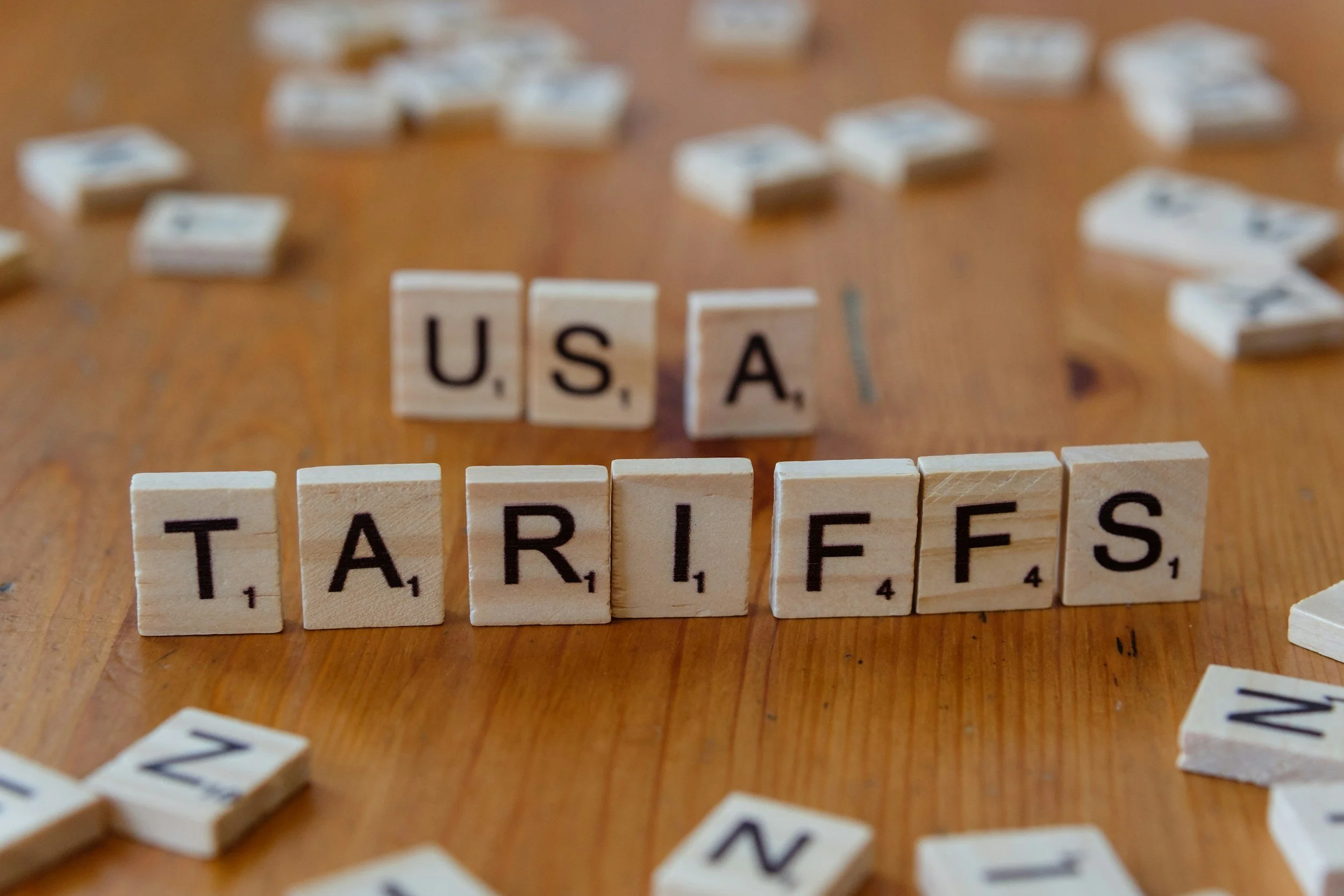How New Tariffs Are Raising Prices and Shaking Markets
The word “tariffs” has been on everyone’s lips this week, and it isn’t hard to see why. The U.S. administration rolled out a sweeping set of “reciprocal” tariffs on dozens of trading partners, with duties ranging from 10% to 41% [1]. Canada faces a 35% tax, Brazil 50%, India 25%, Taiwan 20% and Switzerland 39% [1]. Goods from other countries will now see a base rate of 10% [1]. No wonder Google searches for “tariffs” spiked; people wanted to know what this meant for their wallets, their investments and the broader economy.
Why the Surge?
Search data shows that people were especially curious about the stock market’s reaction and expert commentary. Queries like “SP500,” “stock market futures” and “fear and greed index” topped the list. That makes sense: markets often react swiftly when trade rules change, and investors look to analysts for guidance. At the same time, everyday consumers are worried about paying more for goods, so they’re turning to trusted news sources to understand the impact.
What It Means for Prices
Tariffs act like a sales tax on imports, and companies usually pass at least part of the cost on to buyers. In June, prices of home furnishings jumped 1.3%, recreational goods 0.9%, and clothing and footwear 0.4% [1]. Economists estimate the new tariff regime will raise overall consumer prices by about 1.8% to 2.1% [4][6] and cost the typical U.S. household around $2,800 per year [4]. Industries relying on steel and aluminum could see huge cost increases; Conagra Brands expects an extra $200 million bill, and experts predict European wines may go up 30% and shoes by 5%–10% [2].
How Business and Policy Are Responding
The White House says tariffs are part of an “America First” push to spur domestic manufacturing and make trading partners play by the same rules [5]. It’s already collecting roughly $27 billion a month in tariff revenue and could top $300 billion by year‑end [5]. Some companies, like major automakers, are absorbing the extra costs to stay competitive, while others, including the maker of Ray‑Ban sunglasses, have raised prices [2]. Meanwhile, the administration negotiated deals requiring European buyers to purchase $750 billion of U.S. energy and opened up export opportunities for semiconductors and farm products [2].
The Bottom Line
Tariffs are back in a big way, and they’re likely to affect nearly every American’s wallet. From higher prices at the grocery store to more expensive cars and appliances, consumers should prepare for some inflationary pressure [1]. Investors should keep an eye on market volatility as companies adjust. While the policy aims to encourage domestic production and secure supply chains, experts warn it could slow economic growth and raise unemployment [4]. Stay informed and watch for how businesses and policymakers adapt in the coming months.
Sources
[1] Reuters – “U.S. reimposes reciprocal tariffs on key trading partners”
[2] PBS NewsHour – “What do Trump’s new tariffs mean for the economy?”
[3] Al Jazeera – “Trump reimposes reciprocal tariffs on dozens of countries.”
[4] CFO Dive – “Tariffs expected to slow spending as effective rate hits record.”
[5] ABC News – “What have Trump’s tariffs achieved so far? Experts weigh in”.
[6] Council on Foreign Relations – “Tariff pressures and inflation: A mid‑2025 review.”
